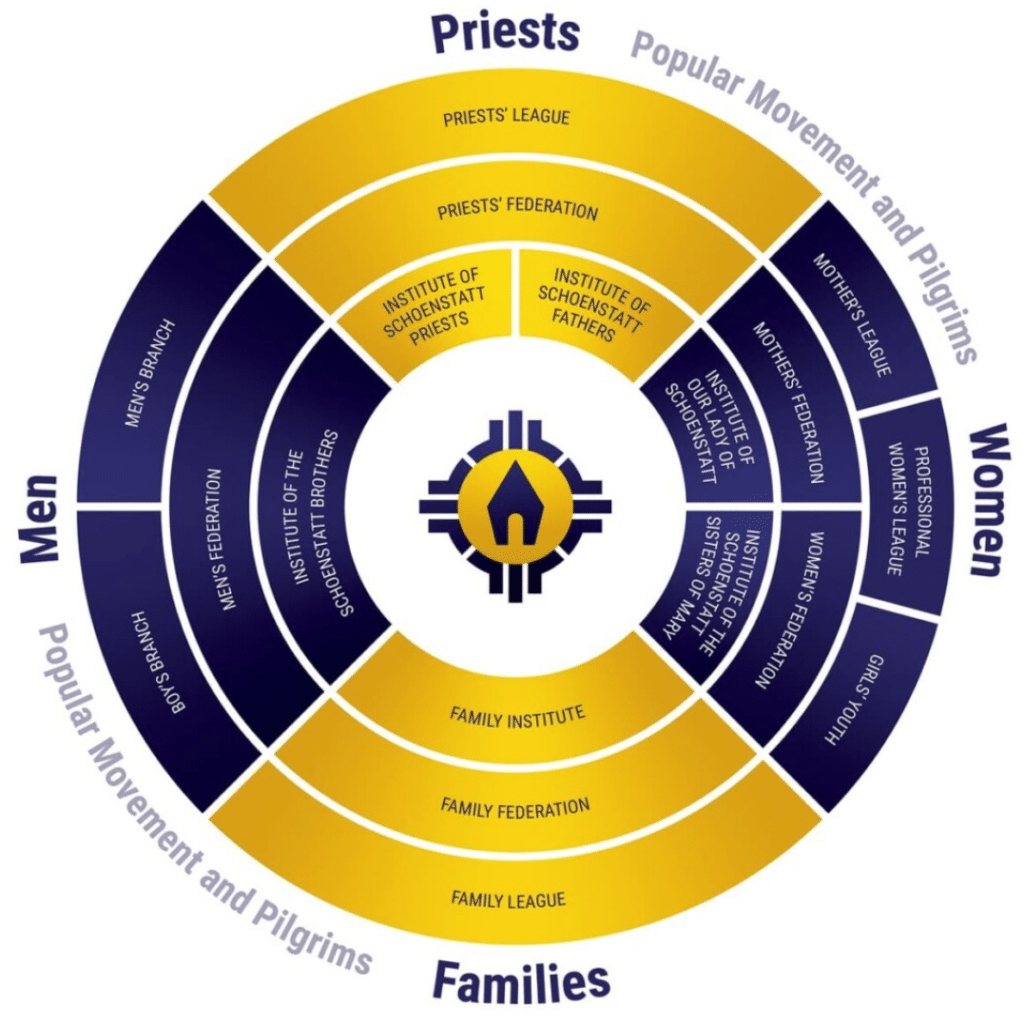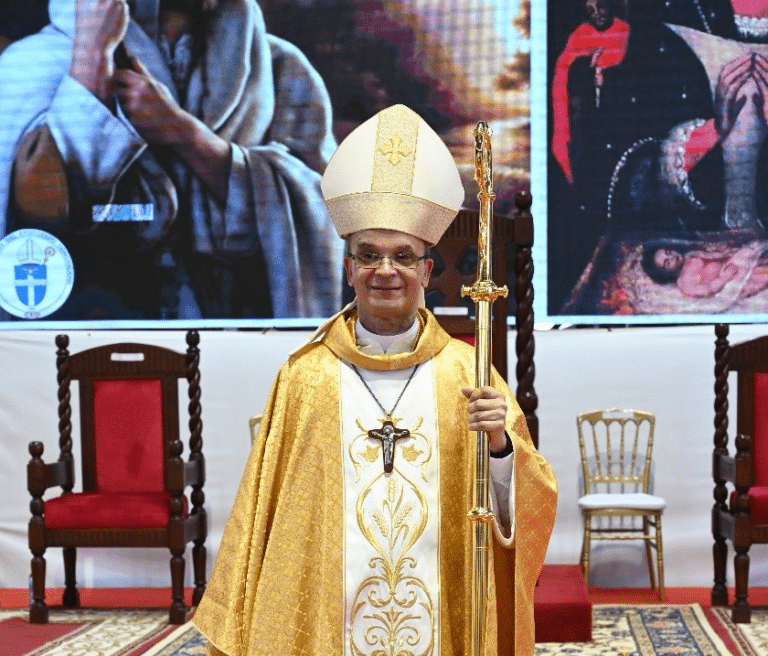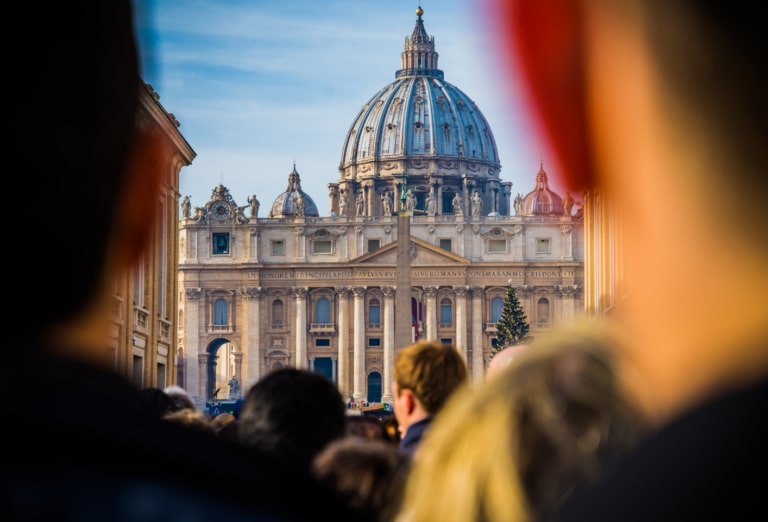However, after a short time (as happened to the community of the apostles called together by Jesus himself), tensions and differences, the rise of one-sidedness and personal interests are revealed. And not only because of being immersed in a socio-political and religious reality whose influence is impossible to avoid (like the fish that cannot avoid the water in which it swims, even if it is disturbed by its murkiness and surprising currents), but also because in the human heart the temptation of domination, discrimination and distance also nestle (as a structural rupture in our ability to coexist).
The Synodal Challenge
It is easier to command, demand, attack, compete, evade, ignore, mistrust, be dependent, be defensive, justify oneself, flee, dominate… than to listen, dialogue, integrate, disagree and reconcile.
Seen in this way, the synodal challenge does not lie in feeling part of a structure or of the practical consequences of a decision, but rather in feeling as an active part of a process of dialogue, discernment, and decision, which affects and enriches us all.
The novelty of synodality lies in returning to the sources, with a greater awareness of the limitations, errors and complexities of the road traveled in these almost twenty centuries (and difficult recent years), to articulate a Church that is more a community of the baptized than a legion of subordinates or reactionaries.
The pyramidal structure provides us with an illusion of security, as fragile as building a house on sand or a bond based on mere convenience.
In reviewing the history of the various charisms and movements in the Church, we see clearly how the charismatic beginning (in which the spirit and form of the emerging community are inspired by the description found in the book of the Acts of the Apostles 2:42-47), gradually gives way to burdensome structures, more subordinate relationships, more rigid forms, and more short-term interests.
The communities founded by St. Francis, St. Benedict, St. Ignatius… were able to perceive and suffer early on the invisible seduction of their instincts and of the socio-political-religious environment that surrounded them at the time: dominance, discrimination and distance, which erect walls against the free breath of the Spirit while sacrificing, for the sake of growth and stability, the wonderful vulnerability of simplicity, of common discernment, of the search for new paths and the need for dialogue and complementarity.
The same danger is experienced by the basic community known as the family, when competitiveness, comparison, and confrontation, as well as routine and security, take the place of conversation, collaboration and mutual enrichment.
In the school of our founder
Our Family and charism, in being Church and following the path of all charismatic foundations, developed in its beginnings a synodal, collaborative and complementary style, through the mutual enrichment of all parts.
Our founder was an artist in the articulation of an active and participative community work, while developing a great sense for capturing the currents of life, as well as the desires, needs and uniqueness of all the members of the incipient Family. He intertwined these, engaging them in creative dialogue, turning the differences and tensions into opportunities to listen to God’s will.
Eloquent examples of this are the Marian Congregation, the human and instrumental collaboration as essential elements of our pedagogy of Covenant, of attachments and of trust; as well as several organizational instances, such as the round table with the participation of the diverse members of the Family.

The emergence of Leagues, Federations, Institutes and the various forms of participation and commitment confirm this unity in diversity, as well as the value of autonomies put at the service of the common mission.
Currents of life such as the Garden of Mary or the Cor Unum in Patre, expressions of the solidarity of destinies not only with the Founder, but among all the members of the Family, confirm a synodal style in its content and ways of relating to one another.
The mission of attachments and its crusade of May 31st would not be possible without a natural pre-existence of the organism of attachments among the members.
Although we define ourselves as a Movement by our way of living the charism in the midst of the world, our foundation lies in being a Family, in order to make this possible.
The federative character emerges as an organizational “expression, path and assurance” to enable synodality, as a form of relating and projecting the charism in an apostolic way.
However, despite having developed instruments, structures and methods which make a federative organization possible (Communities, Presidencies, Headquarters, Coordinations, Councils, creative tension between the organized Movement and the Pilgrims’ Movement, guidance through currents of life and leaders), this is a major challenge that we are currently acknowledging for the sake of our mission, but even more, for the sake of our survival and fruitfulness.
For a long time, we have unilaterally emphasized autonomy, which allowed the original development of each community, however, an autonomy without complement exacerbates distance and distrust, coupled with the pretense of exclusivity in the understanding and transmission of the charism. This impoverishes us, because the charism lives in the whole and is projected from the whole.
The last years, with their crises and tensions, have demanded us to meet in common work and reflection, something that should have been in the DNA of our manner of relating and projecting, given the rich diversity of our federation.
The over-emphasis on our own being and mission runs the risk of becoming self-referential, defensive, and paralyzed in the face of anything new and diverse, which in no way contributes to the healthy complementation and updating of both the parts and the whole, working for the sake of a common mission.
Simplicity
Simplicity is the third word that appears in this reflection: the simplicity of the first Christian communities and the first Schoenstatt communities. Simplicity opens the senses to the need for complementarity and mutual enrichment, leaving the Spirit free to renew and shake up structures and forms.
Simplicity opens us more honestly by allowing us to recognize mistakes, to heal wounds, to ask for help and to look at others as a possibility and not as a threat. The simplicity of needing each other, not only because we are small and weak, but because the mission is too big and complex to pretend to be solely responsible for it or to be its exclusive bearer.
Some questions for our personal and collective discernment:
- What has helped me to make synodality (the federative way) a path of growth, development and fruitfulness?
- What prevents me from a synodal or federative way of relating and projecting myself?
- What steps am I willing to take?
Source: Vinculo Magazine, March 2023 edition



